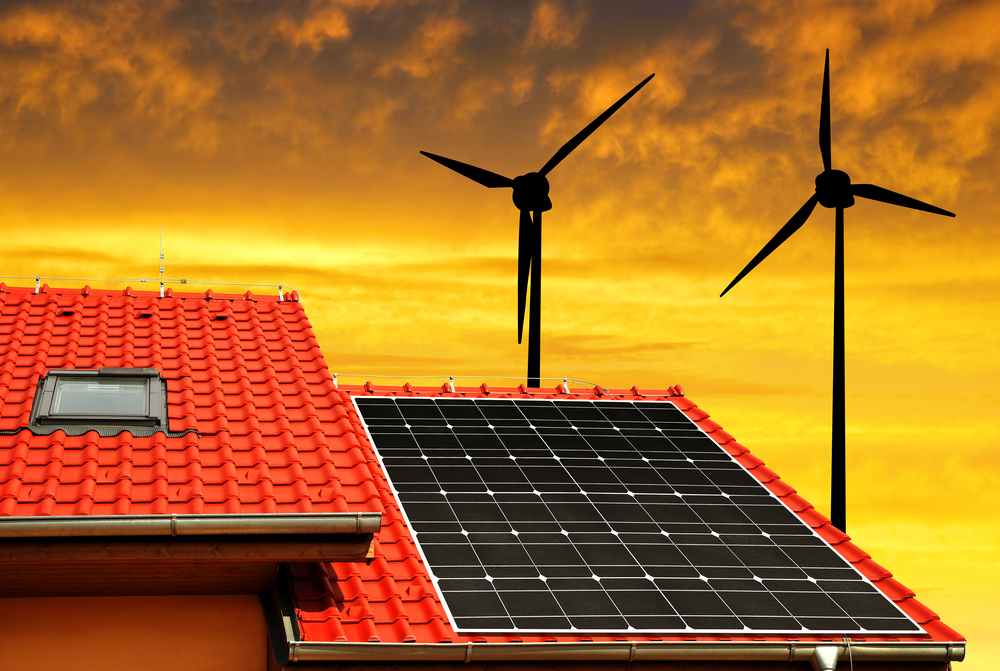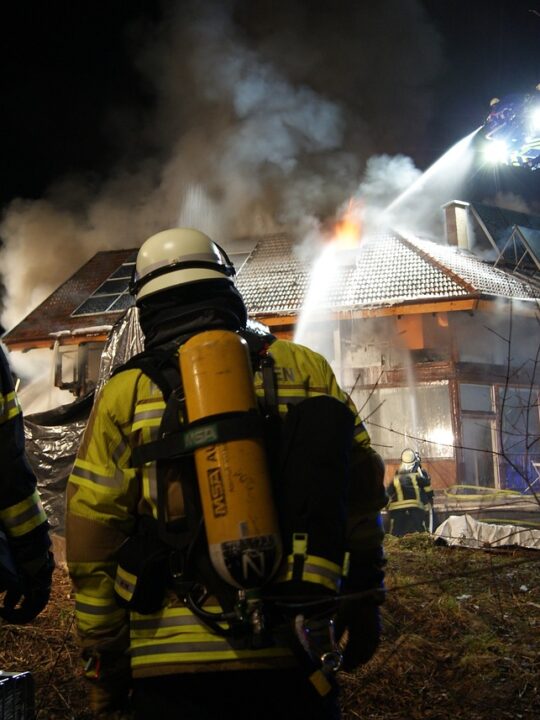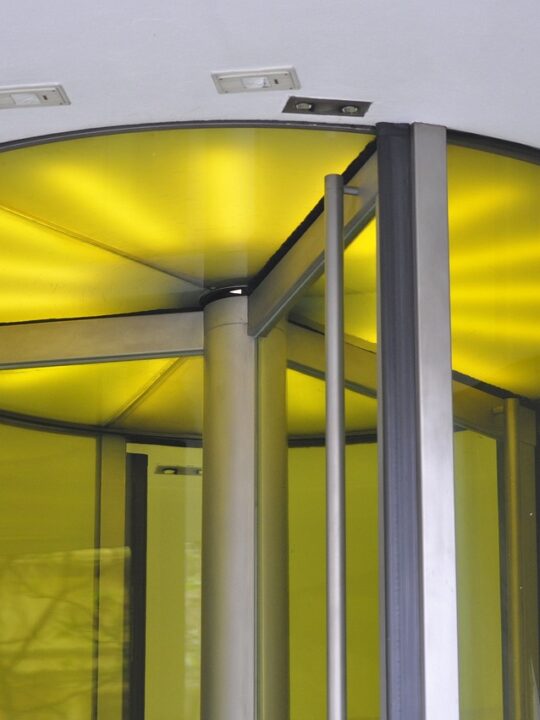 As technology improves and prices decrease, renewable energy is becoming the norm. Also, an increasing number of countries globally have introduced formal policies that support renewables and the environmentally sustainable options that go with them.
As technology improves and prices decrease, renewable energy is becoming the norm. Also, an increasing number of countries globally have introduced formal policies that support renewables and the environmentally sustainable options that go with them.
Furthermore, investment in renewable energy is outstripping investments in fossil-based power generation. According to a report published by the International Renewable Energy Agency (IRENA), the International Energy Agency (IEA), and the Renewable Energy Policy Network for the 21st Century (REN21), most new renewable energy installations are to be found in emerging and developing countries. This is largely because renewables are now regarded as well developed, secure, and also cost-effective, although some types are admittedly more costly than others. There are many different options including heat and electricity generated from a range of renewable resources ranging from solar and wind to biomass.
Since the Paris Agreement was signed in November 2016, just about every country in the world has adopted a target of some kind that is prompting a phenomenal growth in the renewables market. These targets include increased energy efficiency. But there are still huge challenges, and the report warns that it’s still not happening fast enough for us to meet the long-term goals of the Paris Agreement. This includes the need to limit global warming to 2 °C, as well as the Net Zero Carbon Buildings Commitment for buildings that has set progressive deadlines for the transition required to drastically reduce our carbon footprint.
- By 2030 new buildings are expected to be net-zero in terms of operational carbon and to have at least 40% less embodied carbon.
- By 2050 all buildings (new and old) must be net-zero operational carbon as well as net-zero embodied carbon.
Titled Renewable Energy Policies in a Time Of Transition and published in 2018, the report examines trends and policies for the sectors that use energy, specifically power, heating and cooling, and transportation. Ultimately, it states that while the industry is certainly moving in the right direction, it is essential for the pace of transition to renewables to increase much more rapidly.
One of the challenges is that globally the focus is mostly on the generation of power and the energy sector, and there is less emphasis on heating and cooling and the transportation sector, and fewer regulatory procedures, especially in developing countries. This is problematic because heating remains the biggest end-user of energy and transport is second.
While an HVAC engineer can help on individual projects, advising clients on sustainable heating, ventilation, and air conditioning (HVAC), greater global focus is needed.
Another challenge is that in many countries fossil fuels are still subsidized making it cheaper for many to stay in a non-sustainable rut rather than move forward and embrace renewables. Alarmingly, in the U.S., subsidies available for fossil fuels are four times greater than those offered for renewables!
Additionally, global progress is not consistent.
Table of Contents
The Era of Renewable Energy

An extensive solar panel installation on the outer wall of a commercial building.
There has been an exponential growth in renewable power capacity, which is the volume of electricity generators produce when they are operating at full steam, not electricity generation as such, with close to 66% of all new capacity being renewable.
While the most popular renewables globally are solar photovoltaic (PV), wind, and hydropower, the capacity factors for different types of renewables differ. For instance, utility-scale solar PV has a capacity of around 25%, according to the U.S. Department of Energy (DOE). Utility-scale wind (at more than 34%) and hydropower (more than 38%), have considerably higher capacity factors than solar PV. Nuclear power has the highest capacity at more than 92%.
Complicating matters, the capacity factors for natural gas and coal, both fossil fuels, are considerably higher than for hydropower, wind, and solar PV – at more than 55% and 53% respectively – which is why investment in fossil-based power generation continues, if only at a comparatively reduced pace.
The report provides some interesting facts and figures. For instance:
- Between 2004 and 2017, the cumulative investment in renewables globally was around 2.9 trillion U.S. dollars.
- In the past decade (to 2019), China has become the largest developer globally of renewable power and heat.
- Between 2004 and 2017, the number of countries supporting and encouraging renewables via formal policies had more than tripled from 48.
Reasons for Utilizing Renewable Energy
Clearly, the enormous growth of renewables is linked directly to the Paris Agreement and the need to mitigate the effects of climate change. But there are other issues that motivate individuals, organizations, cities, and countries. These include a desire or need to:
- Reduce air pollution and the effect it has on our health, particularly in urban areas. Renewables provide a healthier, ultimately cheaper form of energy than fossil fuels that emit harmful greenhouse gases.
- Decrease reliance on imported power. This is especially important for developing and emerging countries.
- Improve the resilience of energy systems, particularly in anticipation of older fossil fuel systems failing.
- Gain access to off-grid energy systems.
- Increase the availability of renewable energy that can be used for cooling, heating, and clean cooking.
Decreasing prices of renewables are often attractive, especially for utility companies that see the opportunity to increase revenue.
While these are all factors that drive the deployment of renewables, there is no uniformity even within some countries, and some of these factors in fact have a minimal impact. For example, while off-grid solutions for electrification have certainly increased, they haven’t made much of a dent in the market.
In any case, there are still barriers.
Obstacles That Continue to Slow a Global Move to Renewables
The challenges that need to be addressed in order to remove the barriers that slow down the deployment of renewables range from general awareness and cost to regulations and policies that have been set in place.
Certainly, there is something to be said for professional input from those who are trained in fields that utilize renewables, including those in the energy, building, and manufacturing industries, as well as those who offer mechanical engineering services across the board, but a lack of general knowledge can make a substantially negative impact.
When the people who could increase usage of renewables are ill-informed and don’t have the skills or training that relate to renewable energy technologies, this may not only limit the development of renewables but might be the cause of renewable systems totally failing.
Even though costs have decreased for some renewables – utility-scale solar PV being an excellent example – the costs of some technologies remain high in some countries. Coupled with inadequate funding and finance possibilities, costs really do become an issue, especially in developing countries. Additionally, energy tariffs and import duties can play a very negative role.
The lack of infrastructure can also be an issue, for instance, integrating renewable energy with the existing grid. Also, facilities for heating and cooling may be inadequate.
All these barriers are, in part, responsible for the fact that renewables are still not totally integrated into energy systems globally. So, while there is no disputing that renewables are set to become the norm for energy, the question is still, When?
In the U.S., IRENA, the IEA, and the REN21 are spearheading a move to increase and share a greater understanding of the many varied options across all renewable sectors. Let’s hope it helps to speed things up.

Michael Tobias is the founder and principal of Nearby Engineers and New York Engineers, an Inc 5000 Fastest Growing Company in America. He leads a team of more than 30 mechanical, electrical, plumbing, and fire protection engineers from the company headquarters in New York City, and has led numerous projects in New York, New Jersey, Chicago, Pennsylvania, Connecticut, Florida, Maryland, and California, as well as Singapore and Malaysia. He specializes in sustainable building technology and is a member of the U.S. Green Building Council.







